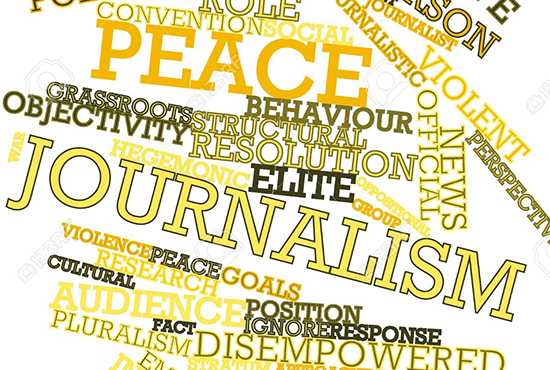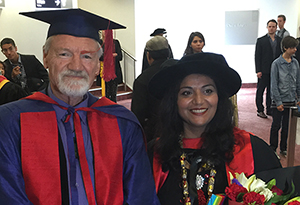
Many scholars argue that the media plays a significant role in reporting conflict. The nature of that role – as a perpetuator of conflict or agent for peace – largely depends on the framing and agenda setting of the media. Media can also play a crucial role in informing public about conflicts, analysing it and helping to resolve them. This research shows the findings that favour the integration of the knowledge of conflict analysis, conflict resolution and prevention into journalistic education and training along with developing journalistic sensitivity towards social responsibility. Peace journalism is argued to provide an alternate professional paradigm for the journalists to enable them to view, interpret, source and narrate conflicts in ways that seek non-violent responses in society – an approach that ultimately would help transform conflict and lead it towards resolution. This way journalists can educate, inform, correct misperceptions, build confidence and can offer options for resolution.
To that objective, this study examines peace journalism from three perspectives: (i) how the journalists regard conflict reporting and what they think is lacking in the contemporary journalism curriculum; (ii) what the conflict resolution workers and educators see as relevant to the journalism profession; and (iii) the view of the peace journalism academics about how peace journalism can complement overall journalism education and training.
Participatory Action Research (PAR) was chosen as the appropriate methodology to do the research with three cycles of planning, action and reaction. A content analysis of what was available in terms of peace journalism education in the universities was conducted, along with interviews with twelve international journalists, conflict resolution workers and academics. In the light of the data collected, answers to three questions were sought: (i) can peace journalism be a means of integrating conflict resolution into the journalism curriculum? (ii) Can the ideals of peace journalism be translated into professional practices? And (iii) can the principles of conflict analysis and resolution be integrated into journalism curriculum using the journalistic tools and practices?
 The researcher’s personal experiences as a journalist, and later as an academic in Pakistan, provide relevant contextual background to the objectives of this study. America’s so-called "War on Terror" was a daily living reality in her home country from 2003 onwards until she came to New Zealand in 2010 for her research. Her perspective of the conflict was formed after years of living through the political upheaval, social unrest and countless suicide bombings in her city Islamabad.
The researcher’s personal experiences as a journalist, and later as an academic in Pakistan, provide relevant contextual background to the objectives of this study. America’s so-called "War on Terror" was a daily living reality in her home country from 2003 onwards until she came to New Zealand in 2010 for her research. Her perspective of the conflict was formed after years of living through the political upheaval, social unrest and countless suicide bombings in her city Islamabad.
The study concludes that a synergised media strategy needs to be established between the journalists, educators, peace workers and researchers to use the mainstream media space by employing the journalistic creativity that peace journalism offers.
Aslam, R. (2014). The role of media in conflict: integrating peace journalism in the journalism curriculum. Unpublished Doctoral thesis in the Pacific Media Centre at the School of Communication Studies at AUT University, New Zealand. Scholarly Commons thesis available at: http://aut.researchgateway.ac.nz/handle/10292/7908


